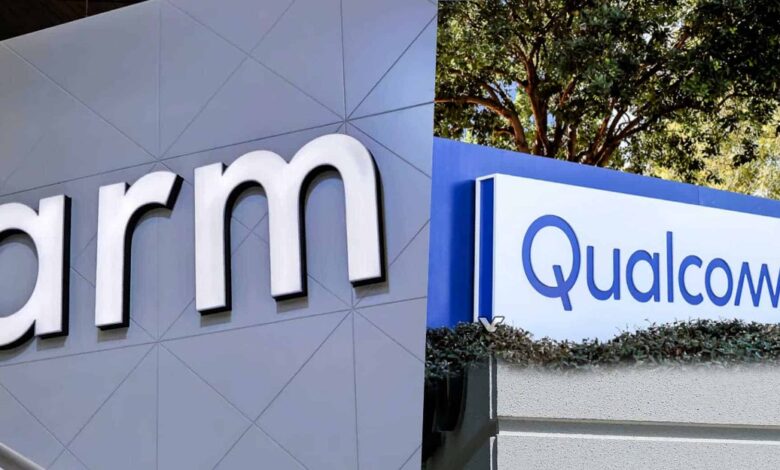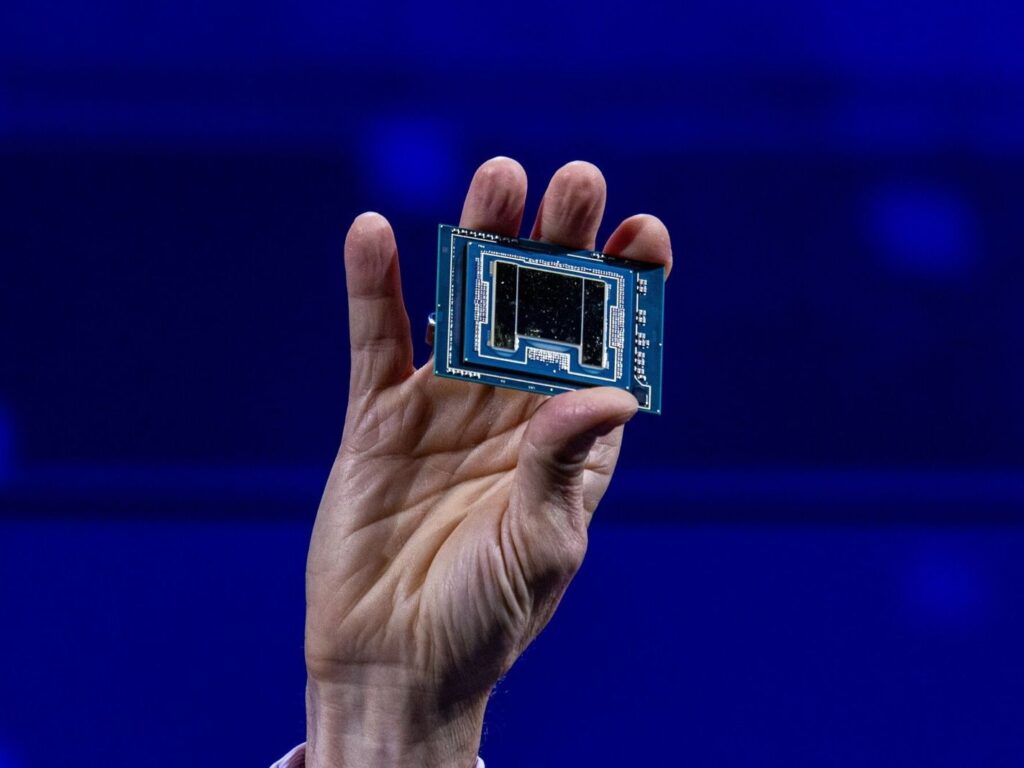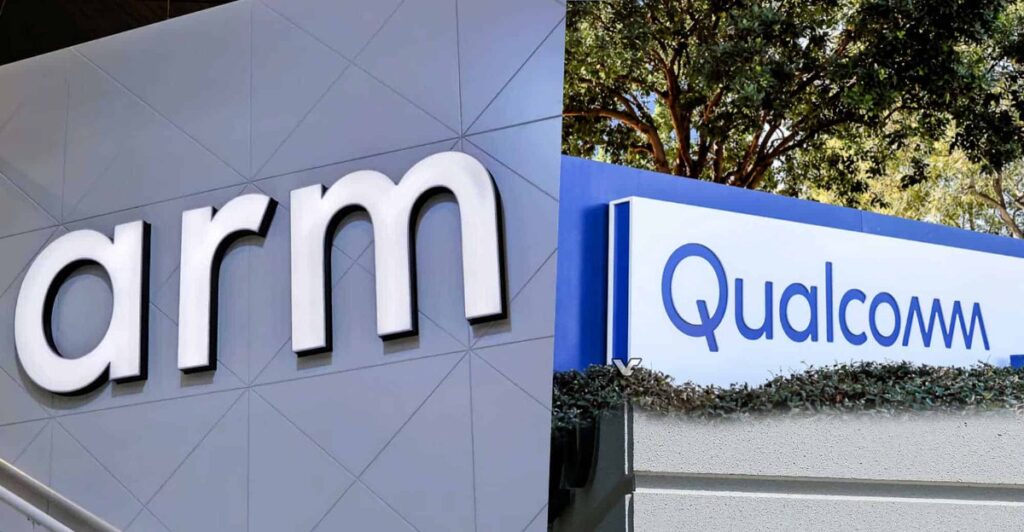Rights and Competition: The Legal Battle Between ARM and Qualcomm

Legal Battle Between ARM and Qualcomm Over Processor Patents
Amid the increasing competition in the technology industry, the pace of legal conflicts among major chip companies is rising. Recently, a legal battle has erupted between ARM and Qualcomm over patents related to processor design and manufacturing technology. This case sheds light on issues of intellectual property rights and raises crucial questions about the terms governing licenses and ways to protect innovations. As this dispute evolves into a comprehensive legal confrontation, the tech and industrial circles are closely watching its outcomes and potential impacts on the future of smart processor manufacturing.
The Beginning of the Dispute
The legal conflict between ARM and Qualcomm started when ARM initiated a lawsuit, alleging that Qualcomm infringed on its patents concerning processor technology.
License Revocation and Its Impact
As reported by Bloomberg, ARM has revoked a license that permitted Qualcomm to manufacture Snapdragon processors, which are utilized in devices such as Microsoft’s Copilot+ and Samsung’s Galaxy products, potentially including the newest Snapdragon Elite 8 processors.
Background of the Nuvia Dispute
This dispute traces back to 2021 when Qualcomm purchased Nuvia, a firm known for its core design expertise. These cores are essential for Qualcomm’s forthcoming Oryon processors.

ARM’s Claims and Qualcomm’s Response
ARM contends that the acquisition of Nuvia breached prior licensing agreements, which necessitate a renegotiation of financial terms. In response, Qualcomm filed a countersuit, asserting that the agreement does not require such renegotiation.
Implications of the Legal Conflict
This legal battle underscores the fierce competition within the chip industry, as leading companies vie for dominance by innovating advanced processor technologies to satisfy the increasing demand.

The ongoing legal battle between ARM and Qualcomm is generating significant discussion about intellectual property rights and patents in the rapidly changing tech industry. This case has the potential to impact the entire chip sector, prompting important questions about licensing rights and the protection of innovations. As the situation develops, both industry leaders and government officials are paying close attention, as the results could alter partnerships and standards in the advanced processor market.





